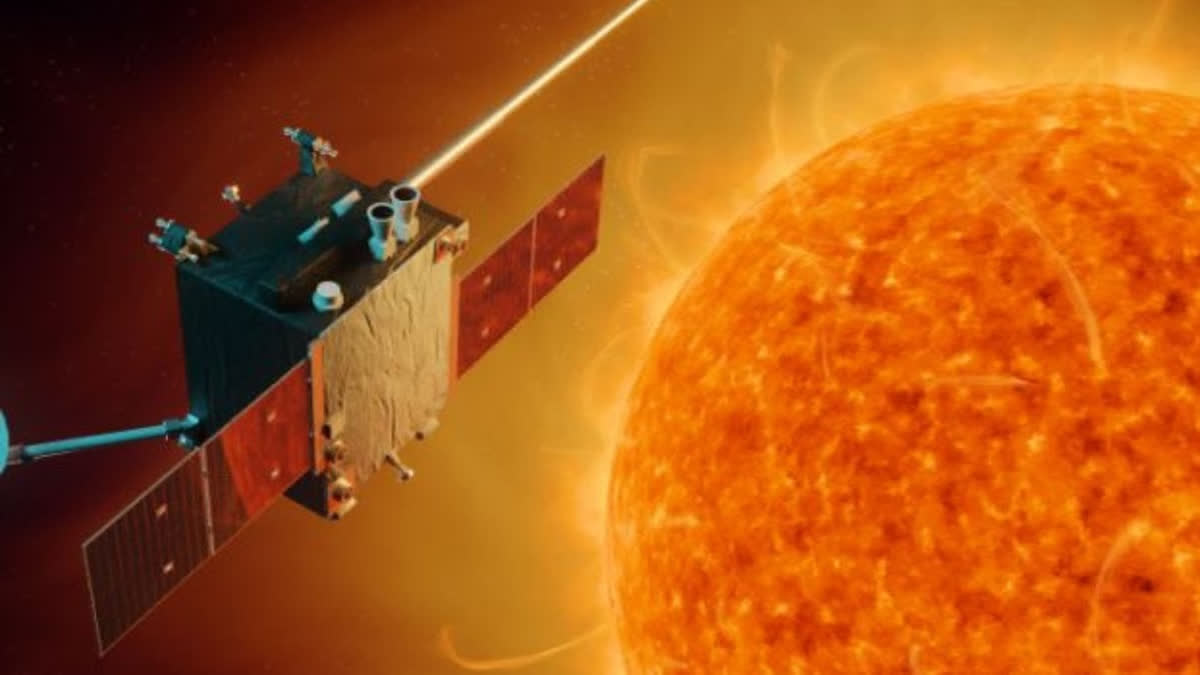Rohtak: There is a Haryana link to India's two most ambitious space missions.
Like Chandrayaan-3, Aditya L1, the first space based solar mission, which is all set to be launched on 2 September, from Sriharikota by ISRO has a vital Haryana link. The company based out of Rohtak, which produced nuts and bolts for Chandrayaan-3, will also do the same for India's first solar mission. About 2 lakh nuts and bolts made by the same company are installed in Aditya L1. Nut bolts for Aditya L1 is produced by LPS Bossard Company of Rohtak.
-
Explained: Aditya-L1 mission, India's first space-based observatory to study the Sun #AdityaL1mission #AdityaL1 #ISRO #ISROMissions https://t.co/xcJCLxCiY7
— ETV Bharat (@ETVBharatEng) August 30, 2023 " class="align-text-top noRightClick twitterSection" data="
">Explained: Aditya-L1 mission, India's first space-based observatory to study the Sun #AdityaL1mission #AdityaL1 #ISRO #ISROMissions https://t.co/xcJCLxCiY7
— ETV Bharat (@ETVBharatEng) August 30, 2023Explained: Aditya-L1 mission, India's first space-based observatory to study the Sun #AdityaL1mission #AdityaL1 #ISRO #ISROMissions https://t.co/xcJCLxCiY7
— ETV Bharat (@ETVBharatEng) August 30, 2023
Also read: Explained: Aditya-L1 mission, India's first space-based observatory to study the Sun
Mukesh Singh, manager of LPS Bossard Company, said," In 2014, we had sent 2 lakh nuts and bolts to ISRO for the Aditya L1 project. During this period, ISRO officials visited the company 40 to 50 times and after examining, they got the nuts and bolts prepared by us."
He said that in 2021, his firm had last supplied nuts and bolts for the country's space mission. The main objective of Indian Space Research Organisation (ISRO) is to gather some vital information about the Sun. According to ISRO, these information are vital for India's space exploration.
Read more: Explained: All about Aditya-L1's VELC payload studying solar corona
Aditya-L1 is hailed as country's pathbreaking iniatiave towards inaugural foray into a space-based observatory dedicated to the Sun. The Aditya-L1 mission will carry seven payloads to observe the photosphere, chromosphere and the outermost layers of the Sun, the corona, in different wavebands. Aditya-L1 is a fully indigenous effort with the participation of national institutions, ISRO said. The Bengaluru-based Indian Institute of Astrophysics (IIA) is the lead institute for the development of the Visible Emission Line Coronagraph (VELC) payload. Inter-University Centre for Astronomy and Astrophysics, Pune, has developed the Solar Ultraviolet Imager payload for the mission.



